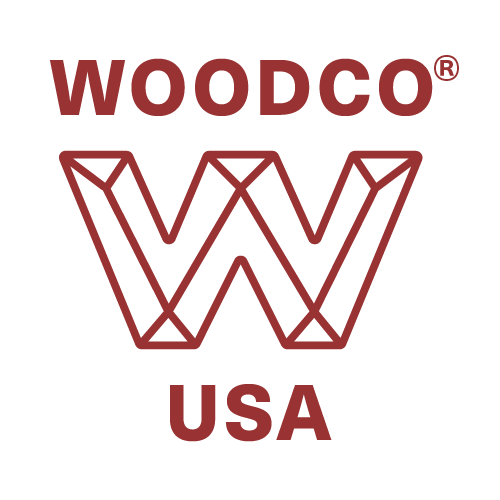The following non-destructive inspection methods may aid operators in field evaluations of existing pressure control equipment.
Visual Inspection (performed by trained personnel who know what to look for)
Dimensional Inspection (selective measurement may reveal non-compliance with design requirements)
Brinell Hardness testing may help to evaluate equipment when no record of original hardness exists. Material hardness closely relates to material tensile strength. API specifies minimum Brinell Hardness for connectors, bodies, and bonnets. NACE specifies maximum Brinell Hardness (converted from the Rockwell C Scale) for Sour Service (H2S). Measured hardness does not normally change over time, unless the equipment has experienced exposure to high temperature. Hardness testing before, and after, any repair that requires welding and stress relief, will reveal if the repair process has degraded the material properties.
Hydrostatic testing may also help to evaluate equipment when no records, of an original manufacturer, demonstrating such a test exist (keep in mind that if evidence of an API Monogram exists on the product, that product almost certainly received a hydrostatic test at the time of manufacture). If no records and no API Monogram exist, testing to API specified test pressure will prove a valuable tool for acceptance. Make sure to distinguish test pressure from working pressure.
Caution: Never confuse “Test Pressure” with “Working Pressure” (working pressure and rated pressure mean the same thing). Do not apply test pressure to any closure means within equipment units, e.g. BOP rams, valve gates, choke needles and seats. Hydrostatic pressure applied to these closure means should never exceed the equipment rated working pressure.
WOODCO USA recommends hydrostatic testing pieces of equipment without known history as separate units. Testing personnel should take special precautions when testing units without known history.
Operators might also apply the following inspection methods:
Magnetic Particle Inspection (crack detection)
Liquid Penetrant Inspection (crack detection on non-magnetic material, e.g. stainless steel or Inconel ring grooves)
Ultrasonic Inspection (inspection for wall thickness and weld integrity)
API Spec’s 6A and 16A provide acceptance criteria for the inspection methods above.
Continued satisfactory performance of Pressure Control Equipment requires inspection and maintenance appropriate to the equipment design, material, and severity of service. Continuously improving non-destructive inspection technology can identify and characterize ever-smaller “potentially deleterious” indications. Currently operators can evaluate equipment based on the growth, or lack of growth, of such indications during the life cycle of the equipment (growth of “potentially deleterious indications” into deleterious indications would indicate equipment degradation and necessitate immediate equipment removal from service for repair or replacement).
Experience observing “potentially deleterious” indications that do, or do not, grow over time, will allow operators to modify their own specifications, and press for modifications to industry standards, including inspection methods and appropriate evaluation criteria, for the type of equipment they use. 1
The full scope of evaluating equipment in the field defies any short form of expression. Information above, and in other parts of this Web Site, may help persons who really seek to know. If you have a question, and you think WOODCO USA may have the capacity to answer it, please use our Contact Us link and give us a chance to help.
| 1 | Words in bold italic indicate they have subjective meaning and persons using this information must use experience to improve the reliability of their judgement when the meaning of these words can have impact on performance. |

